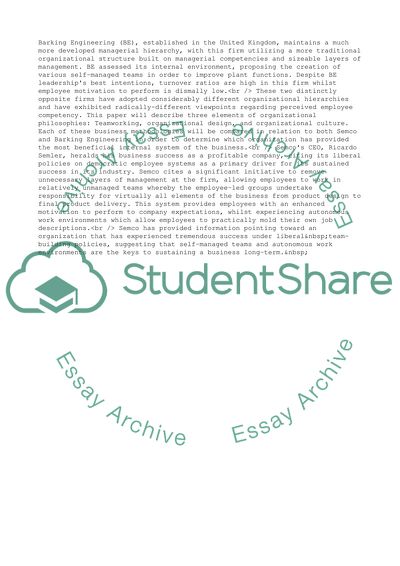Cite this document
(The Firm's Elimination of Excess Management Term Paper, n.d.)
The Firm's Elimination of Excess Management Term Paper. Retrieved from https://studentshare.org/management/1540447-comparison-of-2-organisations-in-the-case-studies
The Firm's Elimination of Excess Management Term Paper. Retrieved from https://studentshare.org/management/1540447-comparison-of-2-organisations-in-the-case-studies
(The Firm'S Elimination of Excess Management Term Paper)
The Firm'S Elimination of Excess Management Term Paper. https://studentshare.org/management/1540447-comparison-of-2-organisations-in-the-case-studies.
The Firm'S Elimination of Excess Management Term Paper. https://studentshare.org/management/1540447-comparison-of-2-organisations-in-the-case-studies.
“The Firm'S Elimination of Excess Management Term Paper”. https://studentshare.org/management/1540447-comparison-of-2-organisations-in-the-case-studies.


